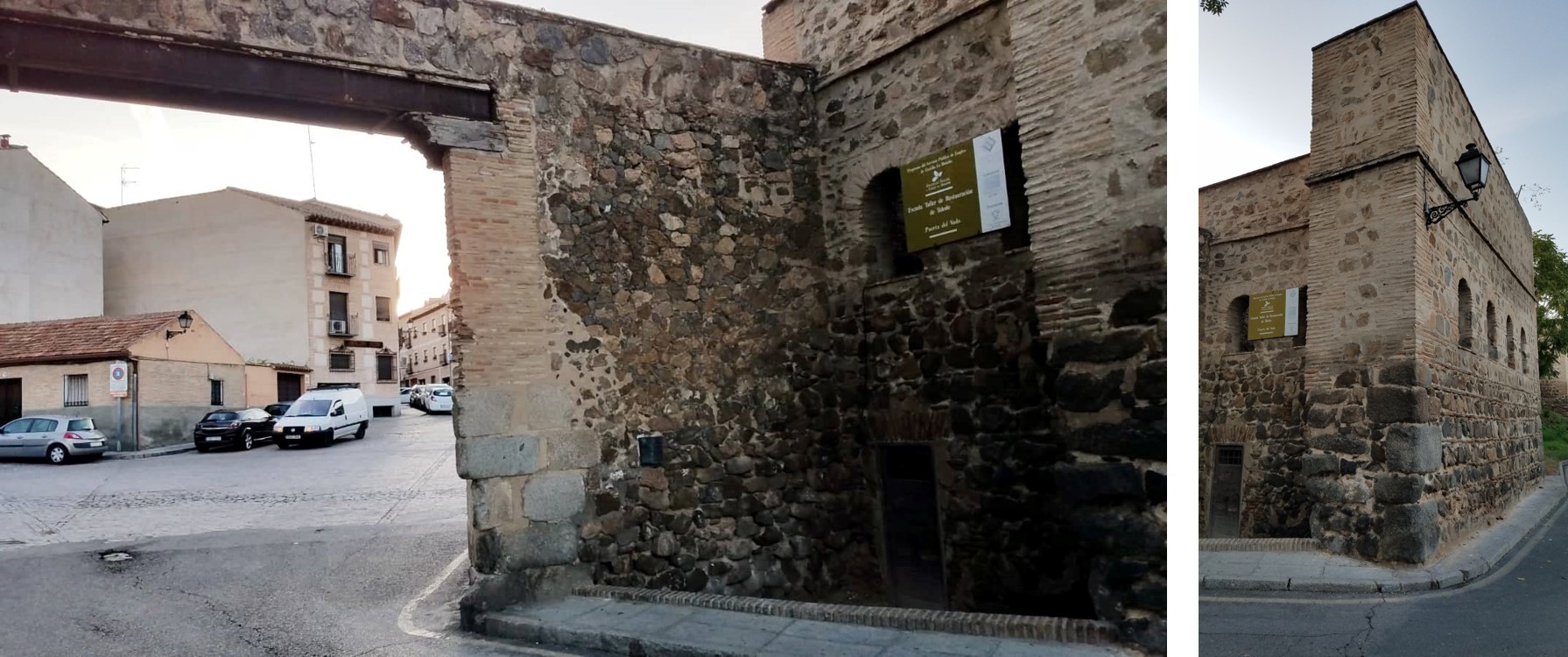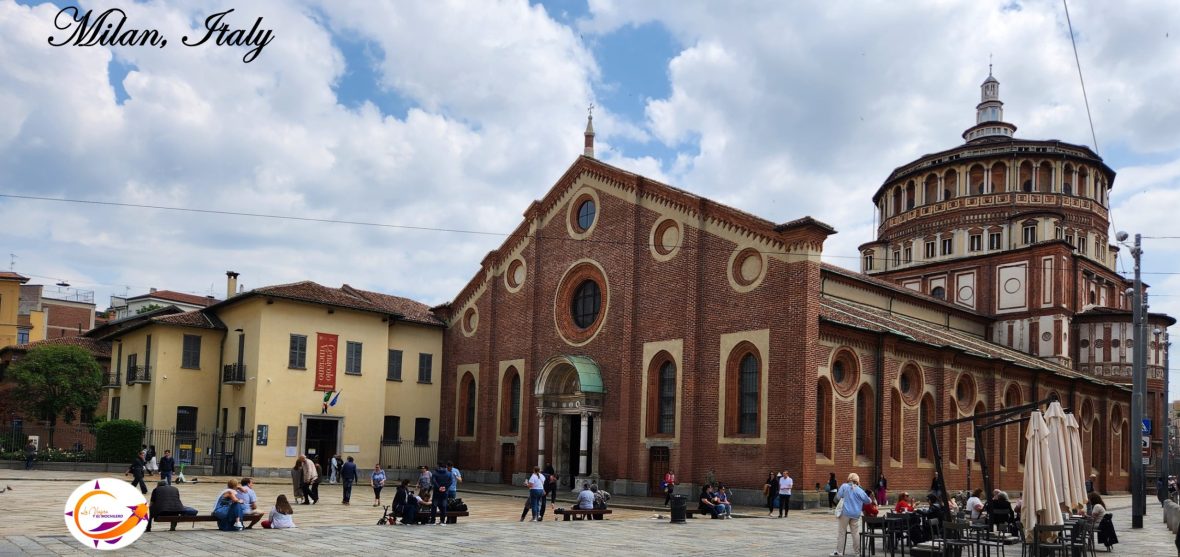The city of “Toletum”, now Toledo, Spain, was known before Roman times for being a “small town fortified by its location”. Rome further fortified the city with walls and access achieved through a series of gates or portals. The Moors added their signature traits to ensure the city even more.
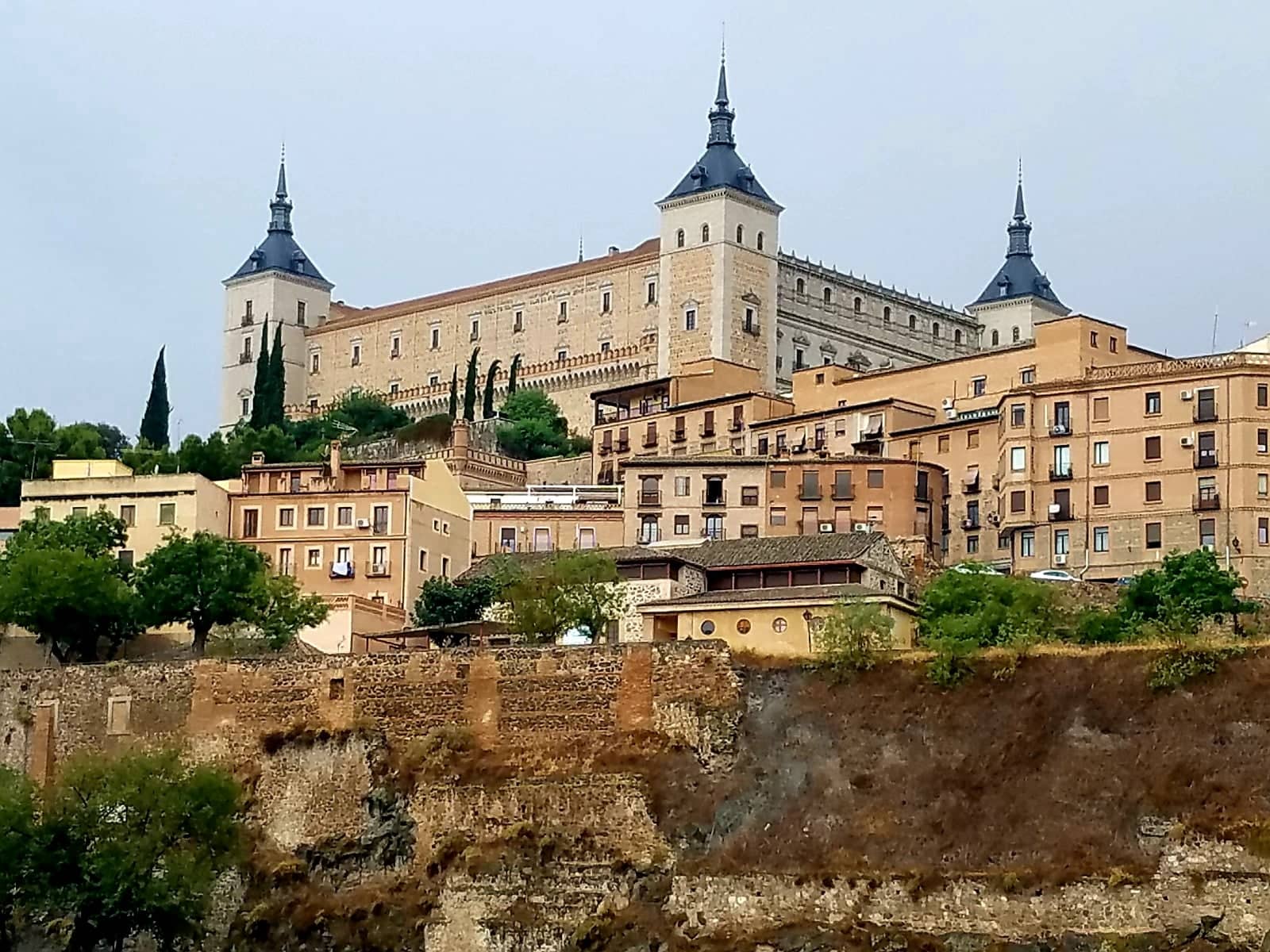
The walled city can only be accessed through one of its many gateways, even today.
The entrance gateway of Alfonso VI or “Bisagra (Hinge)” was the main entry point to the city under Arab rule (10th century). It is said that Alfonso VI used this gate upon his victory in the reconquest of Toledo, reason to change the name of this gateway in addition to distinguishing it from the “new” entrance gate of Bisagra.
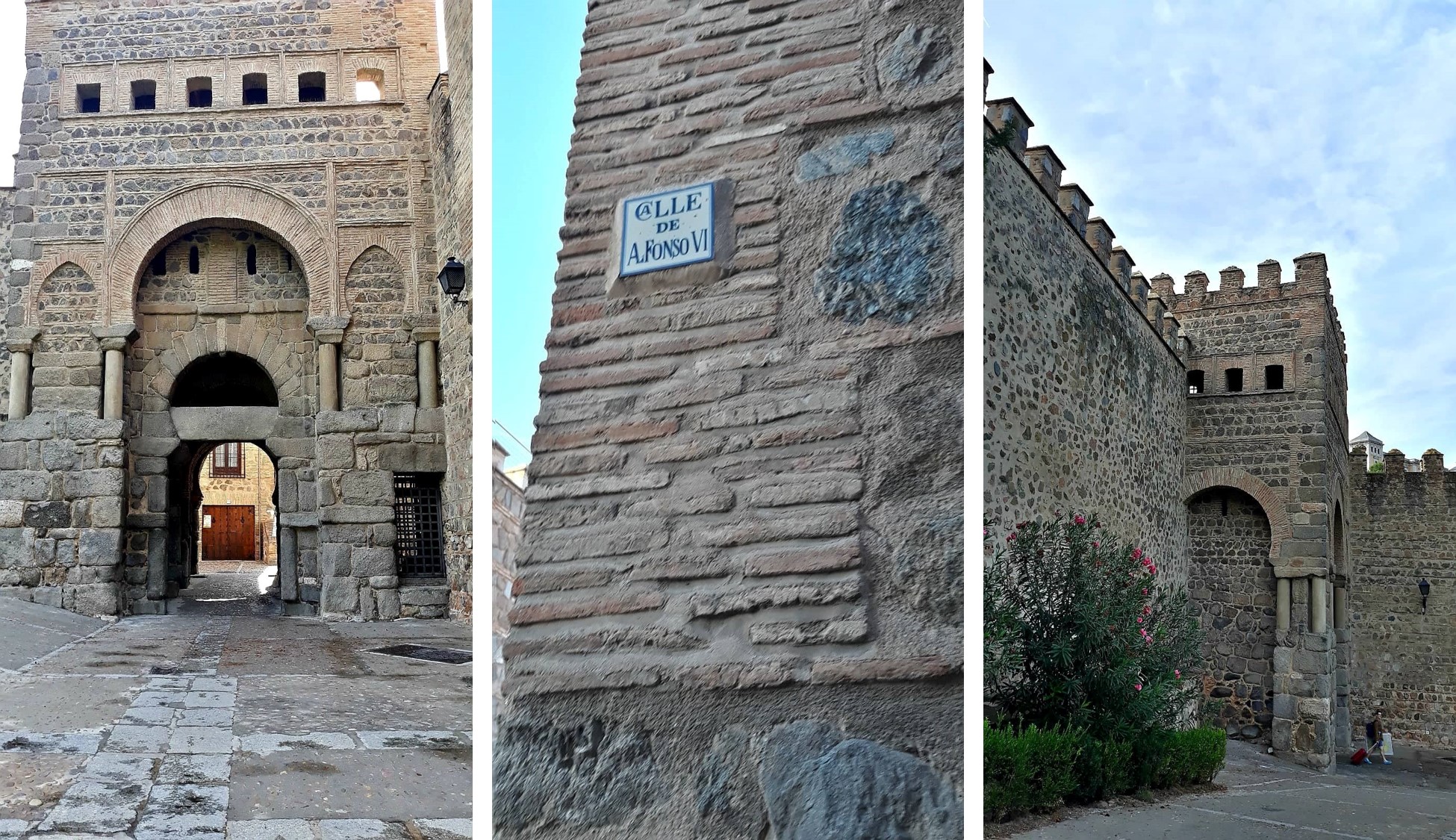
The (new) “Bisagra or Hinge” Gate was built by the Moors and remains the main entrance to the city. The chamber-style gateway has an interior courtyard where one finds a statue of Charles V. The gateway has different facades depending on the which side one views the gateway. Vehicle access is actually through side entrances along this gateway with towers.
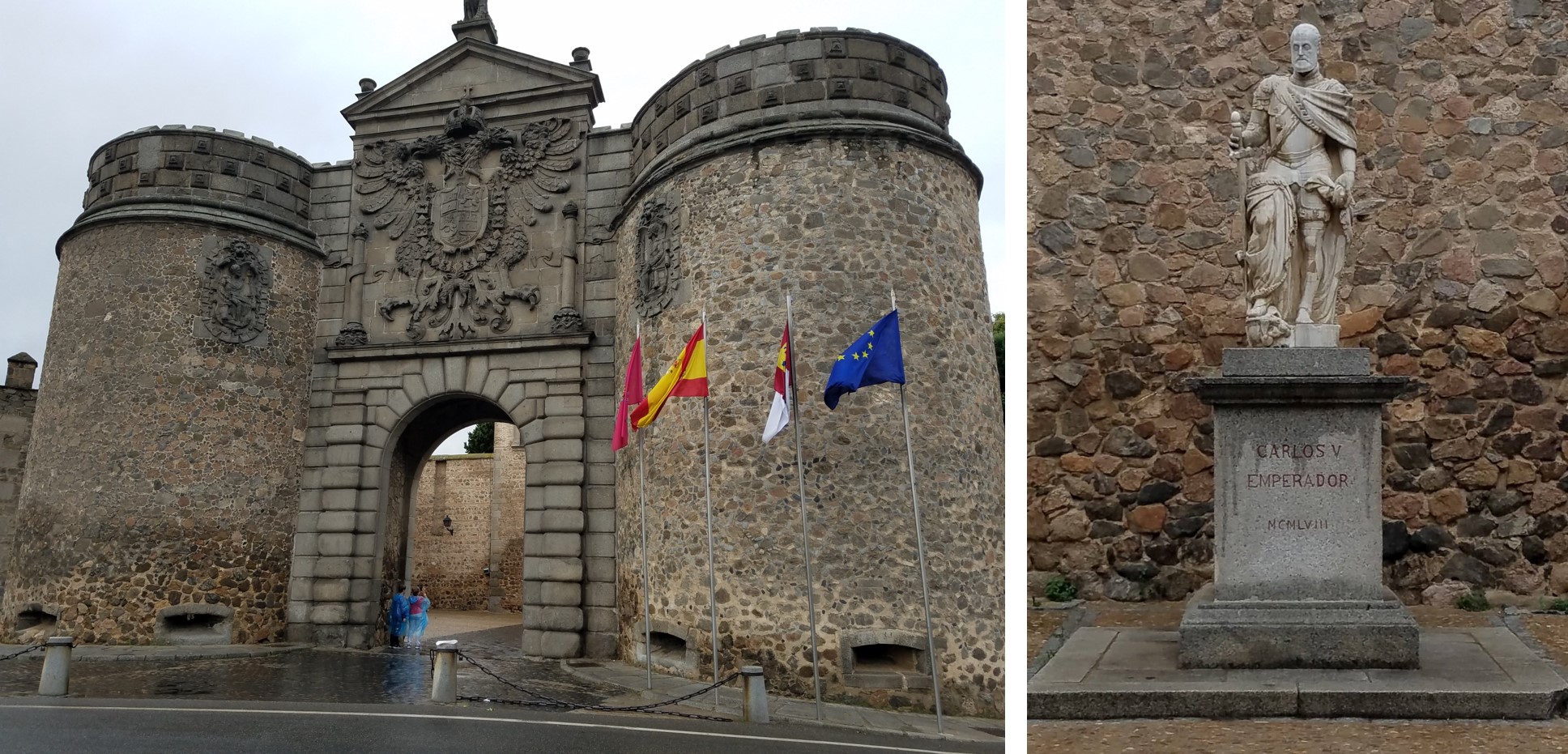
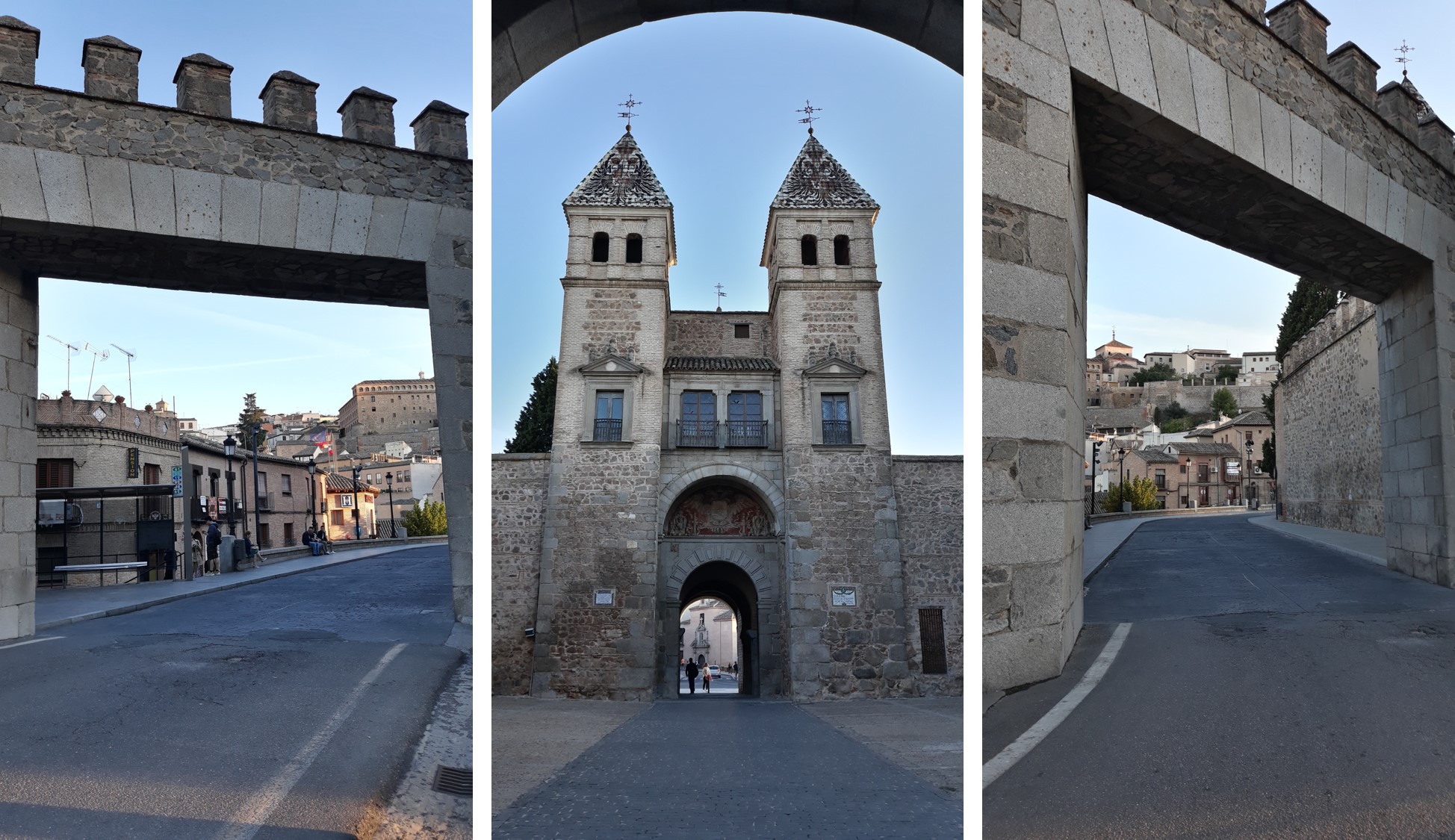
The “Cambron” Gate of Muslim origin was rebuilt in the 16th century. The name is derived from the variety of hawthorn vegetation that dominated the neighborhood. This gateway was the main entrance to the city’s Jewish quarter. Currently, it is the only gateway in Toledo that actually allows automobile access.
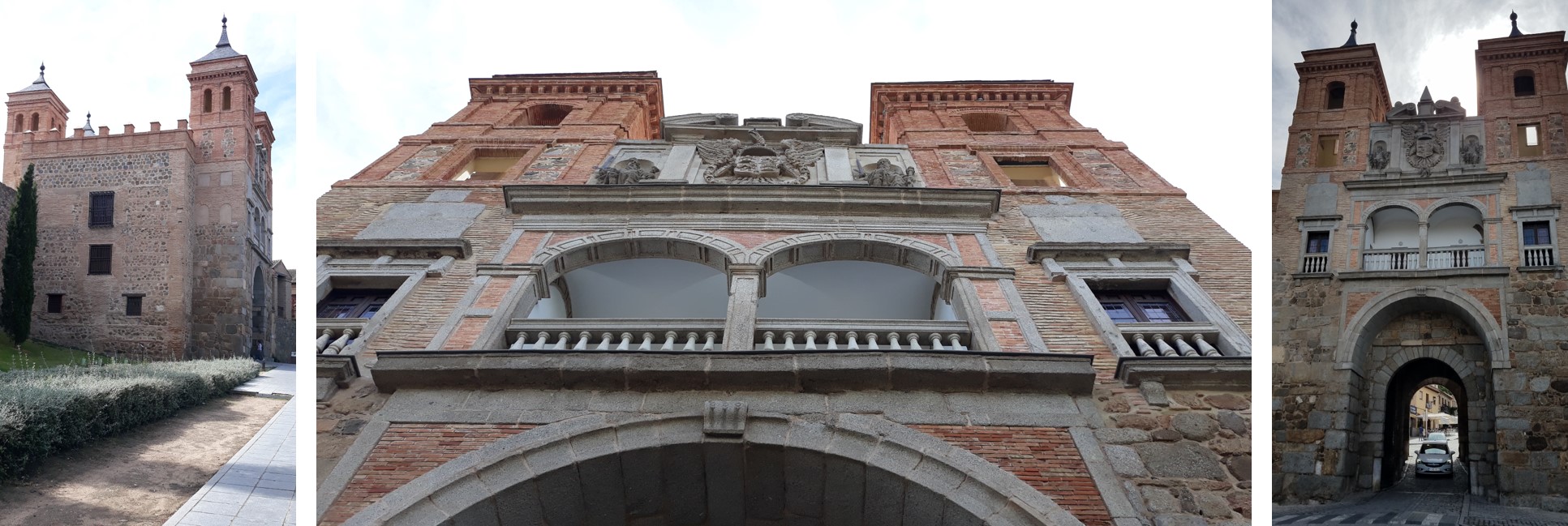
The Valmardon or Bal al-Mardum is the oldest city gate dating back to the 10th century. Legends say that when crossing this door, the horse of Alfonso VI stopped in front of what is now the Hermitage of Christ of the Light; thus refusing to continue its march.
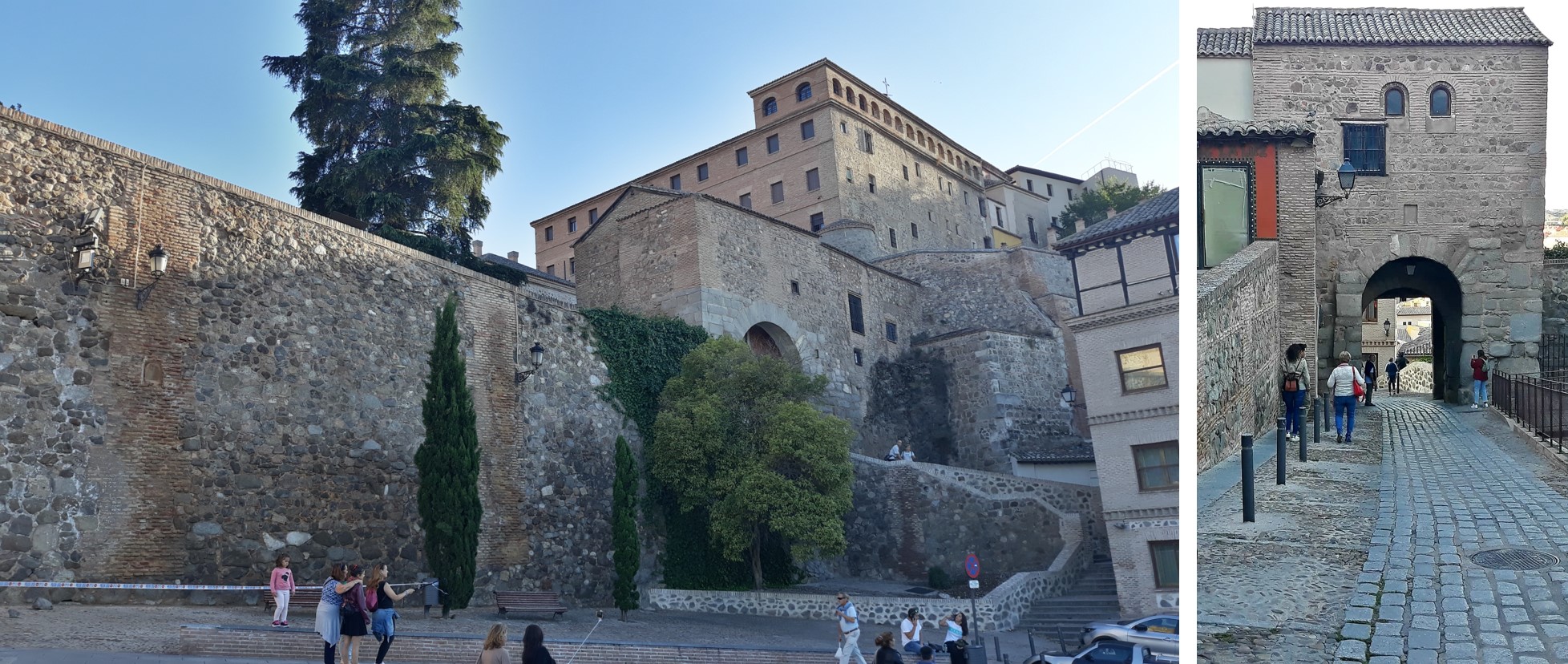
The “Puerta del Sol” was built by the Knights Hospitalers, an order founded at the St. John’s Hospital in Jerusalem and which managed most of the hospitals in the Holy Land by founding some and building others throughout Europe. A relief of the Sun in the arch provides the popular name of this door. Interestingly, a paleo-christian sarcophagus is located under the central window.
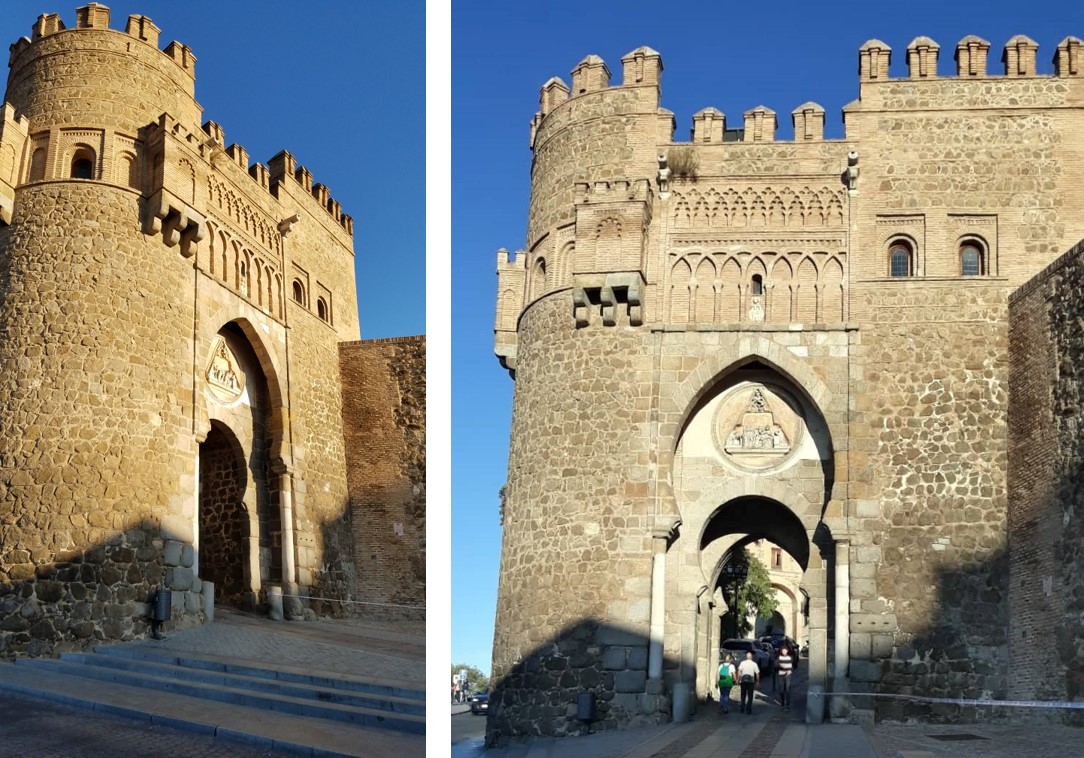
Upon entering the city through the “Ronda del Granadal” street and towards the “Plaza de la Nueva Puerta” to the “Antequeruela” or “San Isidro” neighborhood, you can see a hidden entrance to the “Vado” Gateway. Only the upper part of the gateway is visible at street level and for some time it was considered as a single standing structure. Restoration works carried out in the 1990’s revealed the gate that had been hidden for some time and essentially forgotten by the 19th century. The gateway was used as a smuggling entry point for food products.
